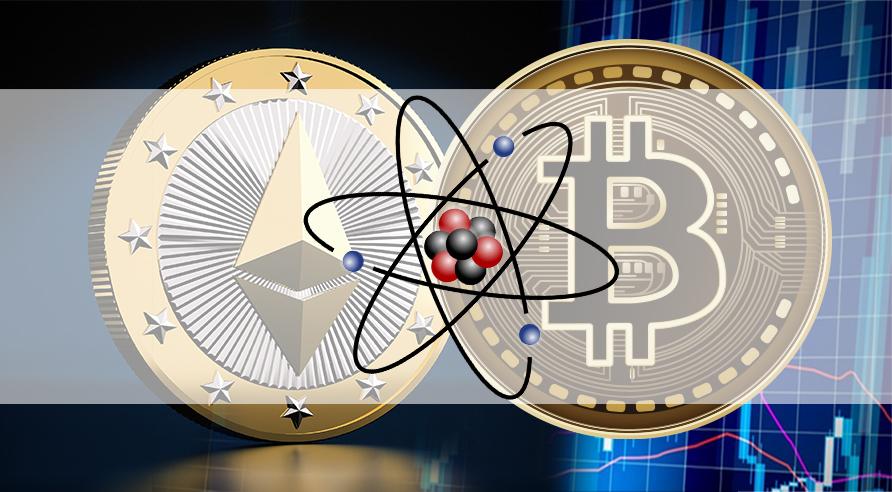Jun 21, 2021
by Anubha Jain
Atomic Swaps Enabling Token Trades Across Blockchains
.
Disclaimer: The views and opinions expressed in this article are for informational purposes only and do not constitute financial, investment, or other advice. Investing in or trading crypto assets comes with a risk of financial loss.
Anubha is a keen follower of the manifold applications of blockchain technology. She is a doctoral candidate researching privacy constraints of the blockchain and is working to enhance user privacy in cryptocurrencies. She is a strong supporter of the vision of user-owned internet and believes blockchain as the key to it.
